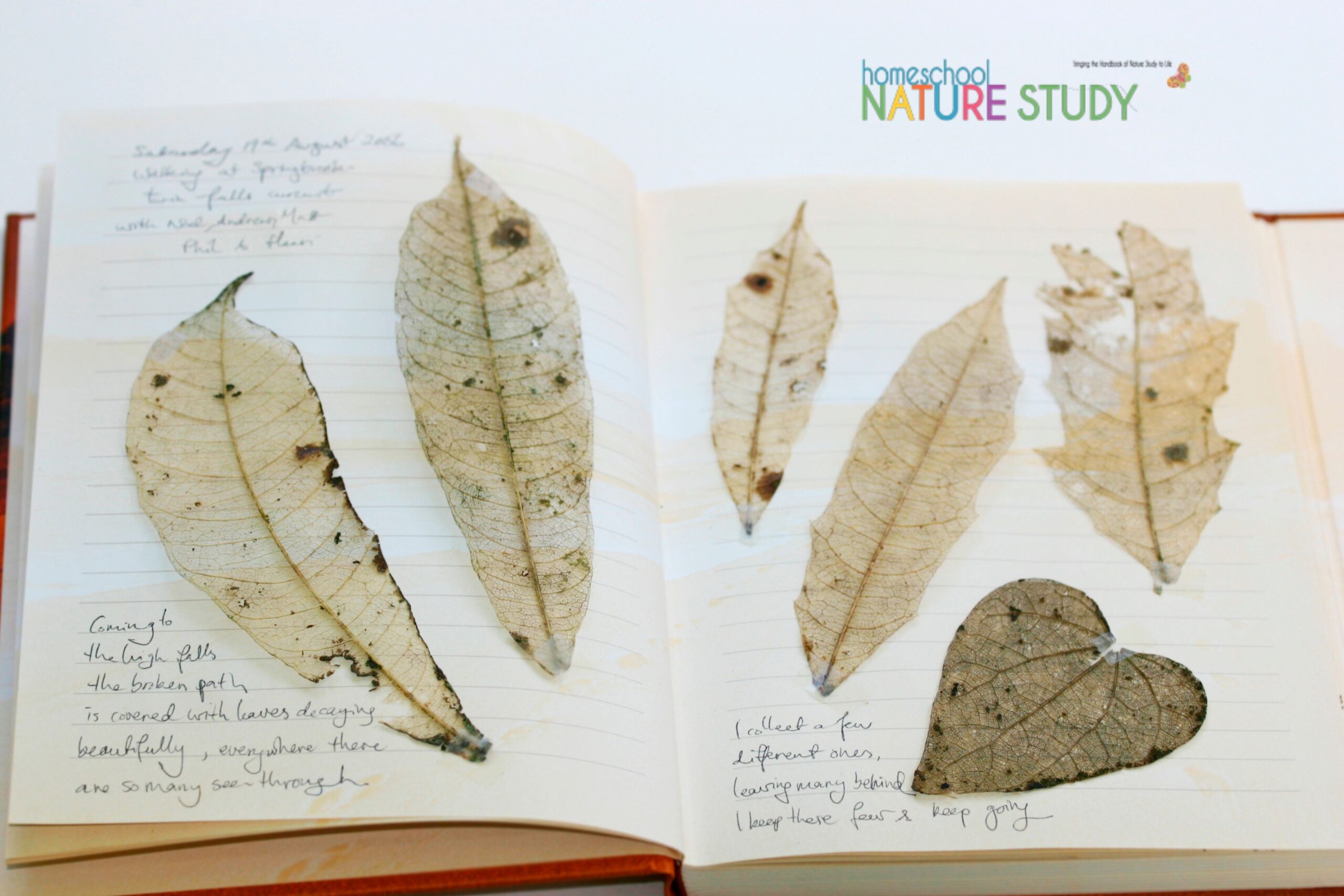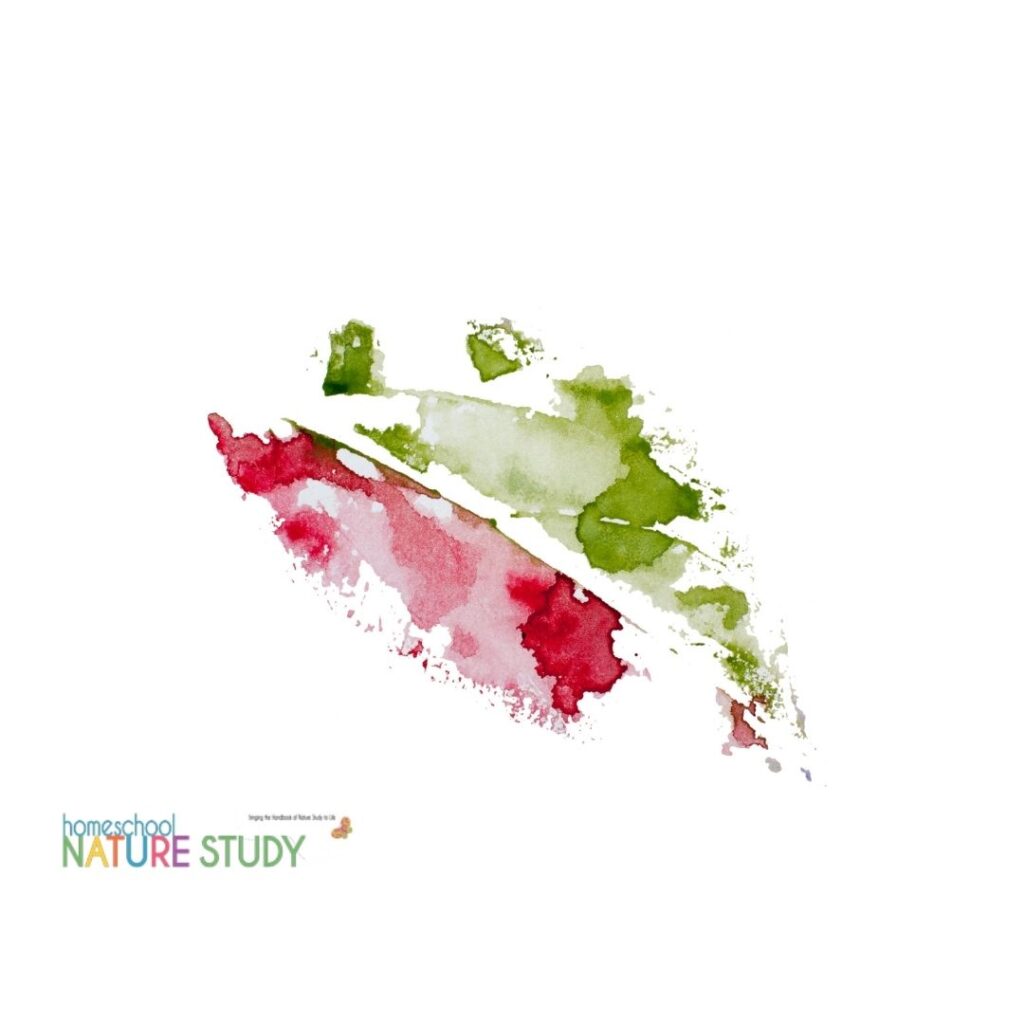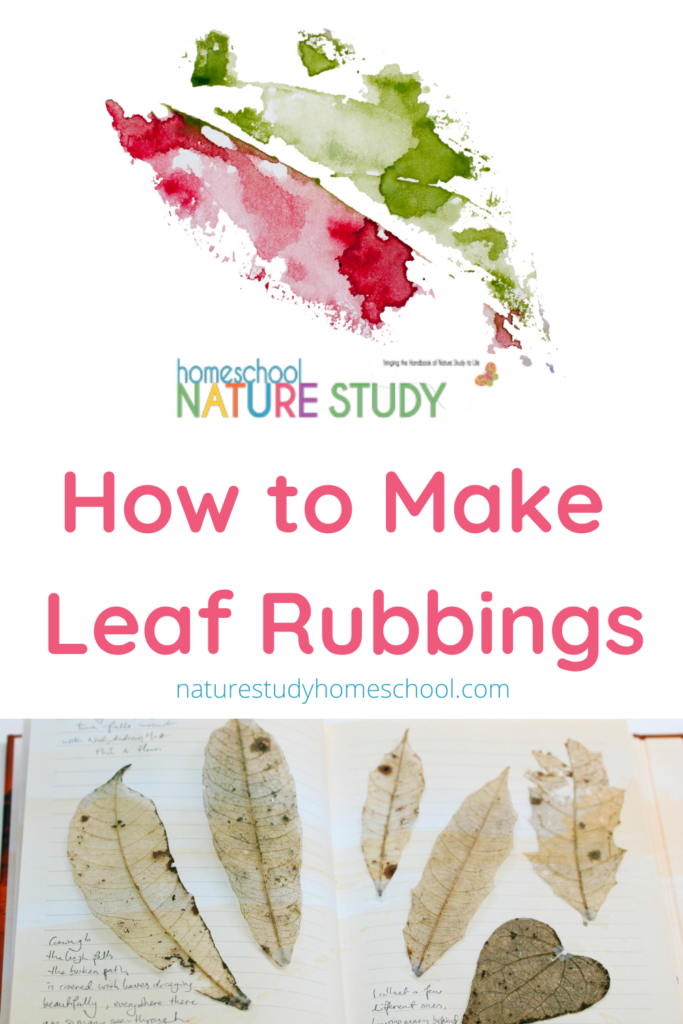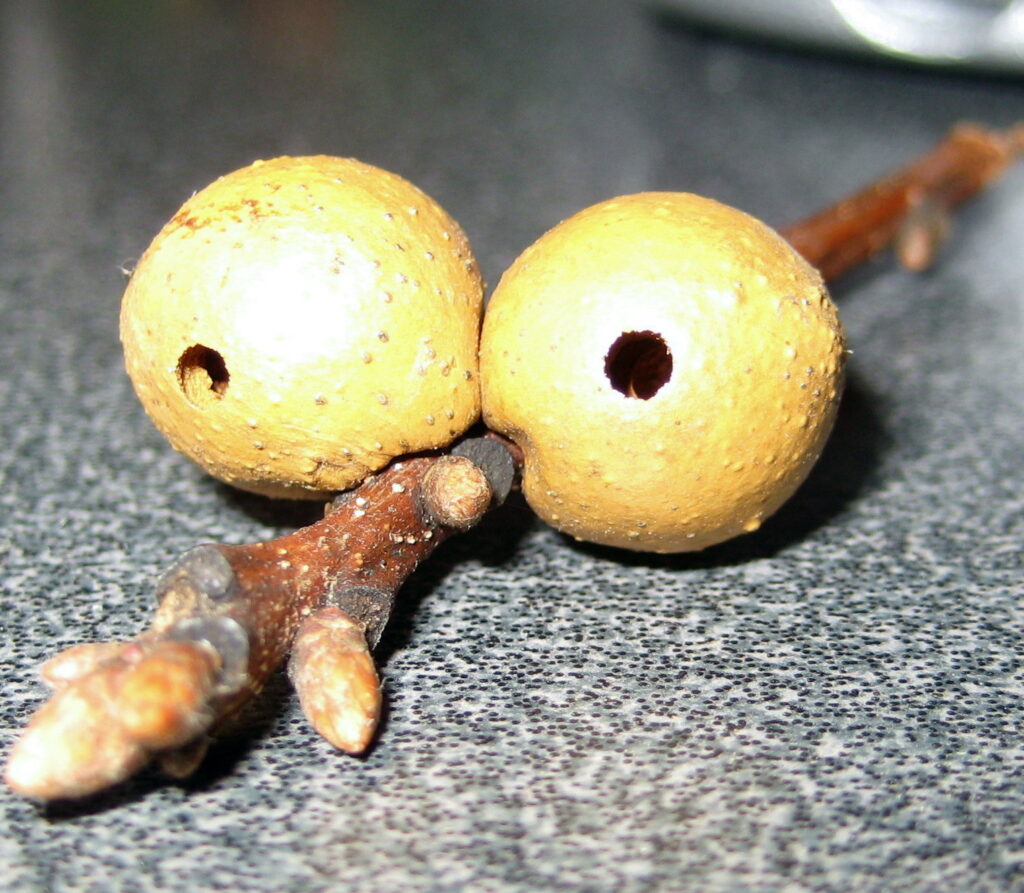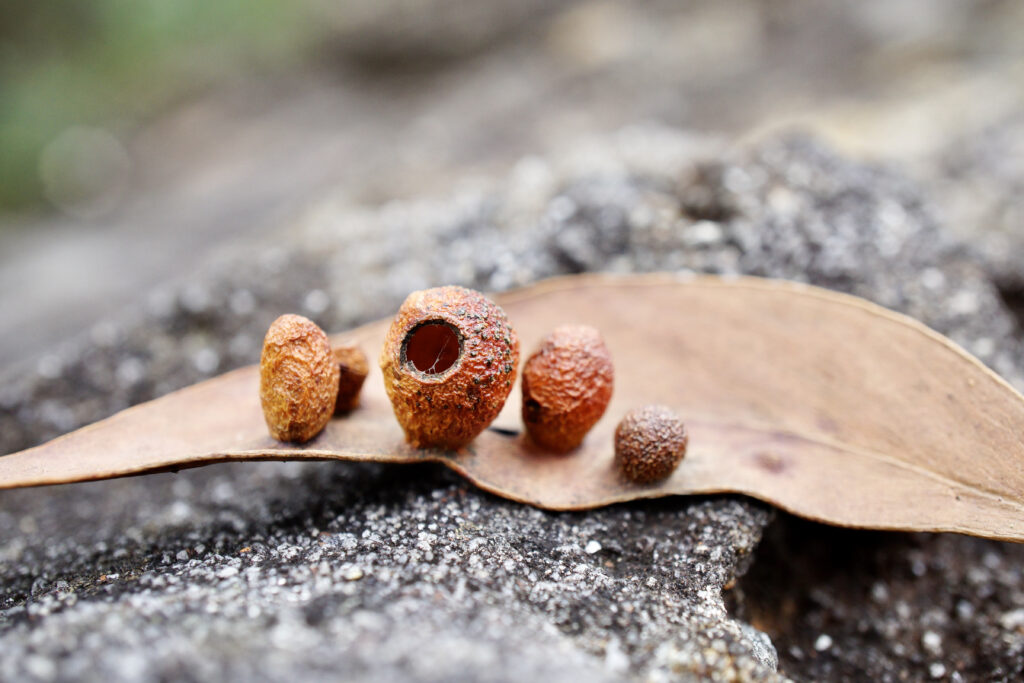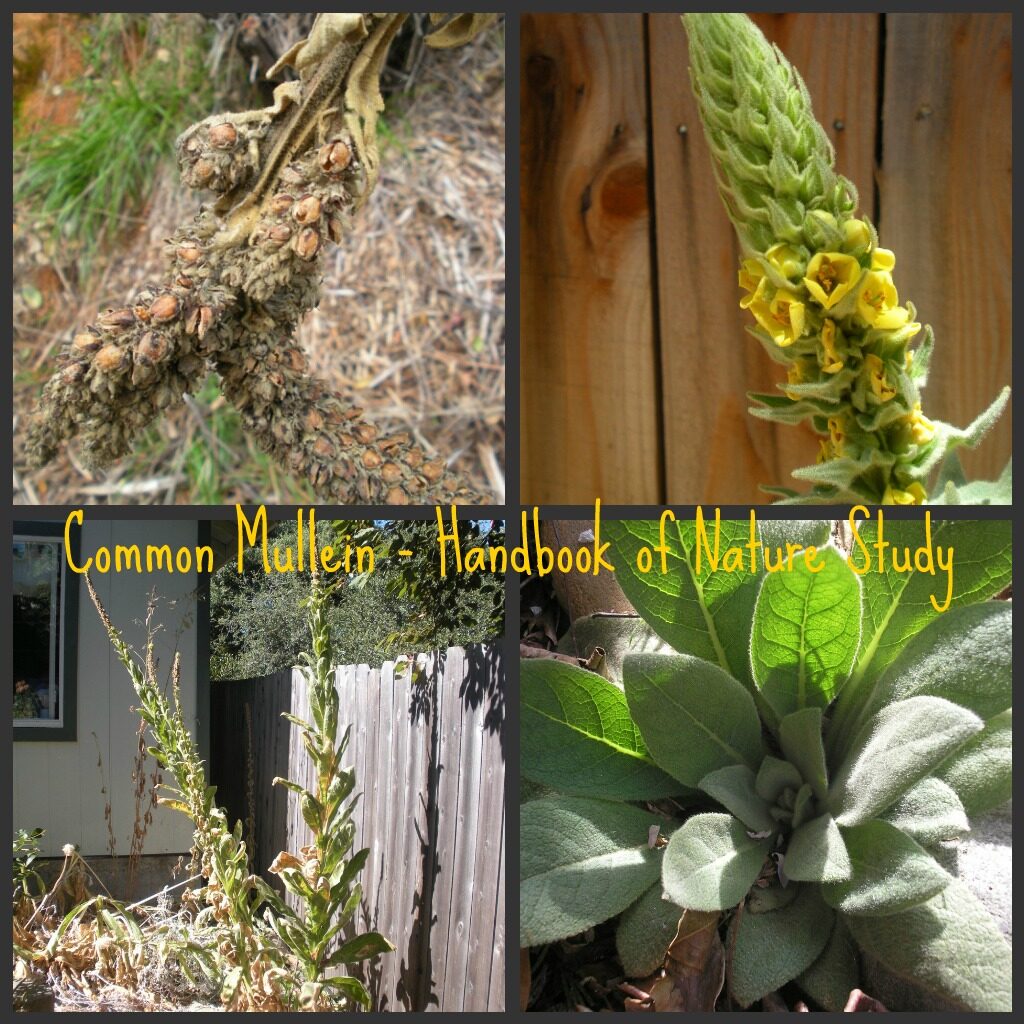Creating leaf prints is simple and a lot of fun! Combine a nature walk, collecting a variety of leaves, and producing a beautiful leaf print.
Years ago, I created leaf prints using ink as suggested in the Handbook of Nature Study, although using stamp pad ink not kerosene as suggested in the book. I am creating leaf prints using leaves from my Oregon yard.
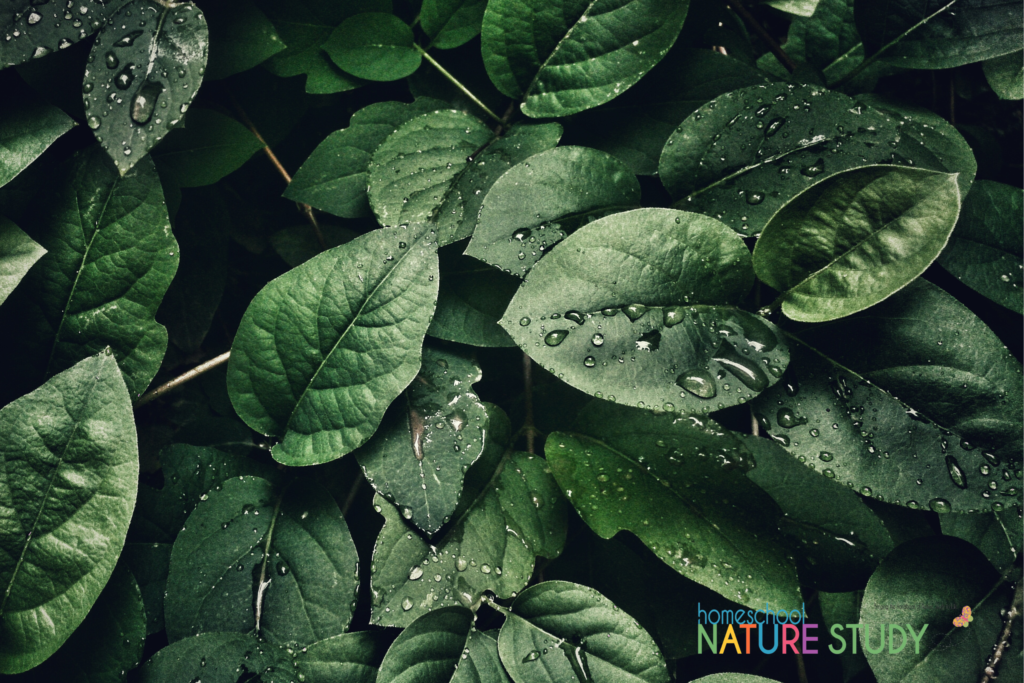
My children always wanted to collect leaves during your outdoor time and once we got home I wasn’t always sure how to use the leaves or display them. Creating leaf prints is a great way to extend your leaf collecting activity or any tree nature study.
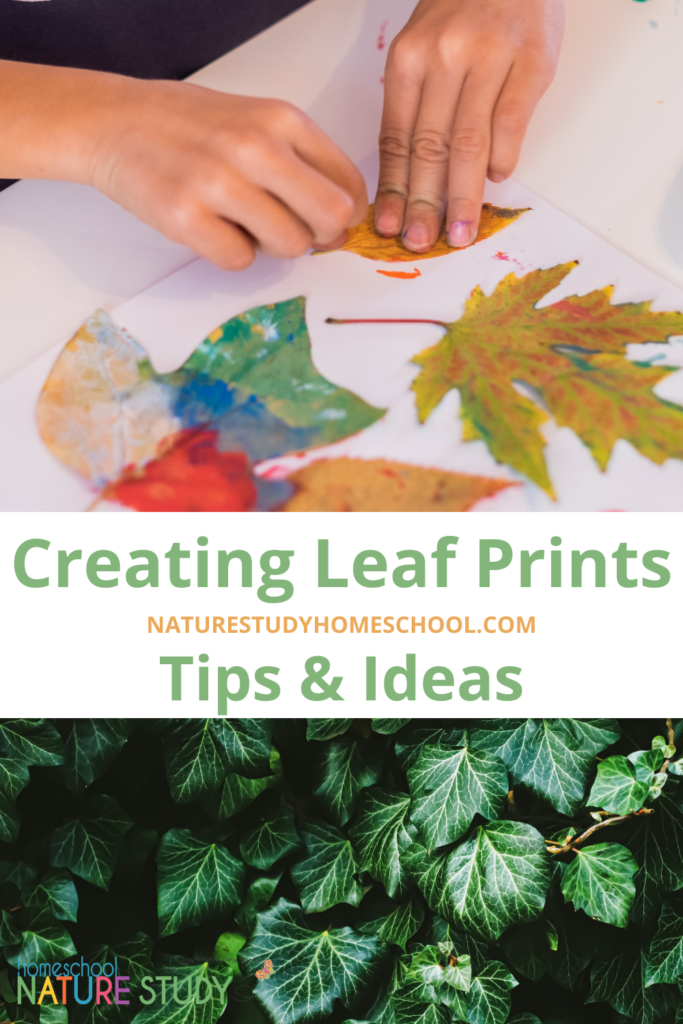
Creating Leaf Prints
Tips and Suggestions for Getting Great Leaf Prints:
Put your ink on the backside of the leaf instead of the front for a more detailed print.
Making prints with ink will give you more detail than printing with paints.
Try both placing the paper over the inked leaf and pressing the leaf onto the paper. Experiment with a few leaves to see which method works best for you.
Use washable ink pads for easier clean up.
If your leaf is very dry or crumbly, you might try using paint instead of ink. Make sure not to press too hard when making the print.
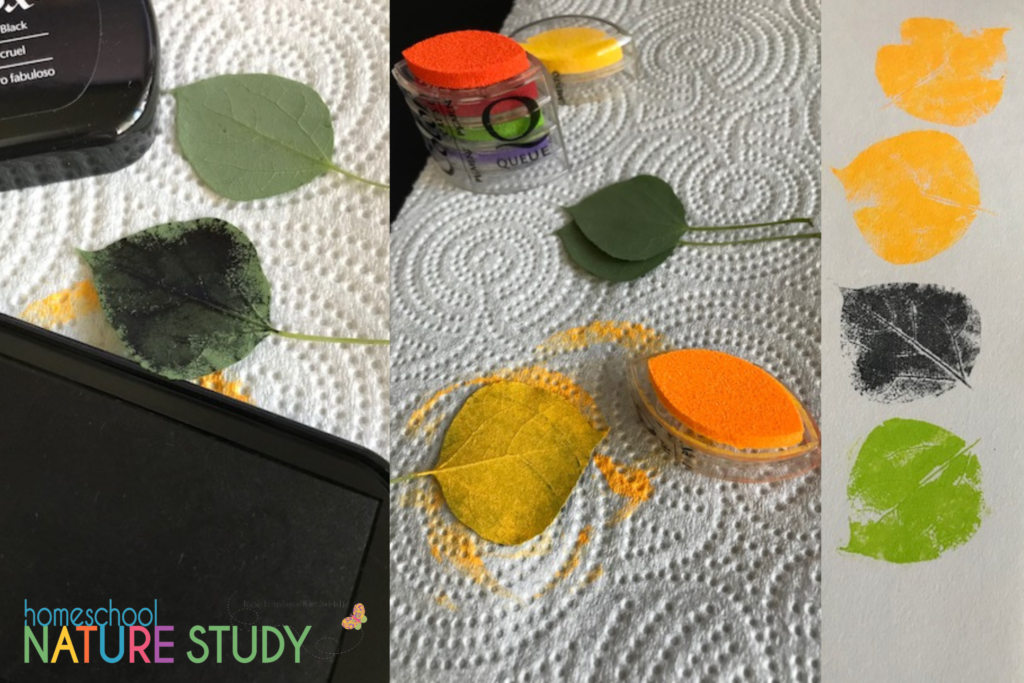
Try making your prints on separate paper and then insert the paper into your nature journal. This will help resolve anxiety that you are going to mess up your nature journal if you don’t get a good print.
Creating Leaf Prints Nature Craft Tutorial In Homeschool Nature Study Membership
Victoria shares, “As autumn gets into full swing, what better way to mark the change of seasons than by creating leaf prints. We are heading into that period of Autumn where the leaves are on the cusp of igniting into rich shades of red and orange. Here in the UK we usually have about a week of vibrancy before one strong wind comes along and blows all the colour to the ground. So it is best to capture its beauty while we can.”
If your students are not excited about getting their hands dirty by creating leaf prints, print this Leaves Coloring Page. There are many different types of leaves on this page your student can color and then cut out to decorate their nature journal. You can read our Ultimate Guide to Nature Journaling for tips and ideas to fill up your nature journal this year.
More Leaf Activities For Kids
These will have you enjoying leaves in other ways too!
- Fall Leaf Study and Activities (for all ages!) with a fall color walk
- How to Make Leaf Rubbings
- Make a Leaf Mask (Victoria shares another fun tutorial for members)
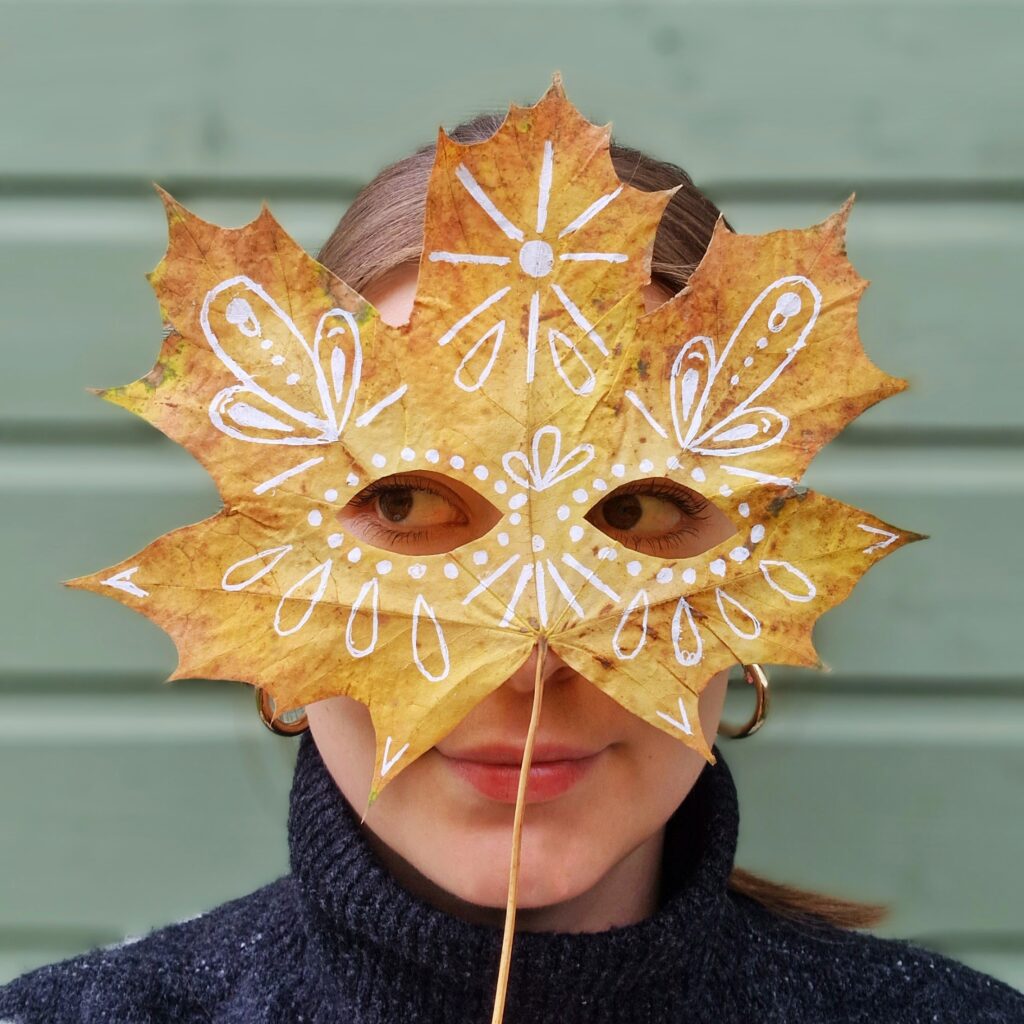
The Outdoor Hour Challenges Bring The Handbook of Nature Study to Life in Your Homeschool!
For even more homeschool nature study ideas for all seasons, join us in Homeschool Nature Study membership! You’ll receive new ideas each and every week that require little or no prep – all bringing the Handbook of Nature Study to life in your homeschool!
Be inspired. Be encouraged. Get outdoors!
By Barb McCoy, founder of the Outdoor Hour Challenges with The Handbook of Nature Study. Updated and new resources added by Stef Layton.

